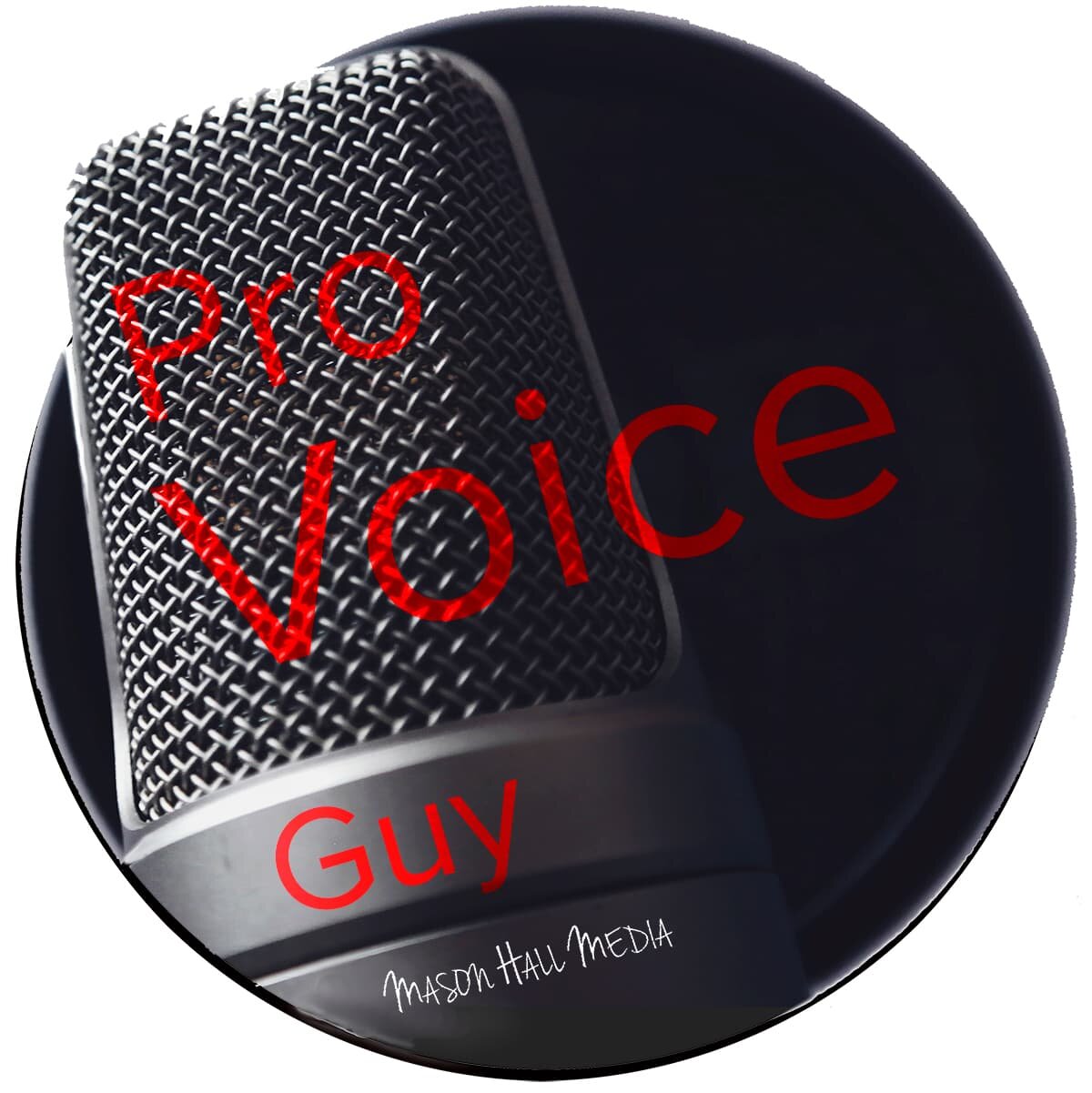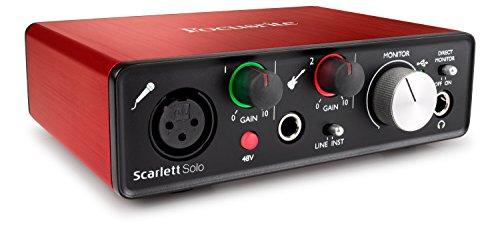Looking for the best podcasting equipment for your needs and budget? Check out these recommendations for podcasting microphones, interfaces, and other gear.
We may make a small commission on affiliate links on some products.
USB Microphones for Podcasting
While you can also check out some of my pro-level gear, I find that with the right room and the right software, this mic can sound just as good as professional analog mics.
This is an upgraded version of the standard Blue Yeti, offering superb sound quality and usability. It's a condenser microphone with multiple audio patterns and a USB connection type. The microphone has upgraded controls including front-mounted gain controls and an onboard level meter, which can help make on-the-fly corrections and save editing time later.
This is a cost-effective USB microphone for podcasting that offers high sound quality and easy setup. It's a condenser microphone with four directional patterns and a USB connection type.
This microphone is designed for streaming but can also be effective for podcasting. It's a condenser microphone with a cardioid audio pattern and a USB connection type. It provides clear cardioid recording and has an intuitive setup
The Blue Snowball is an amazing microphone for around $50. It lacks the multiple pickup patterns and the headphone jack of the Yeti but it sounds great!
Analog Microphones for Podcasting
This is a dynamic microphone that is renowned for its excellent sound quality and is frequently used in radio stations. It is highly durable and does a great job of rejecting background noise.
This is another dynamic microphone that is known for its rich, full-bodied sound. It is designed to offer no-compromise performance for voice applications in the broadcast environment.
Pro Gear
This is a condenser microphone that is appreciated for its clarity and versatility. It is often recommended for podcasters who are just starting out due to its affordable price.
This is a broadcast standard microphone, often seen in radio studios. It has a variable-D design that makes it well suited to podcasting because it minimizes the proximity effect.
After retiring my AKG C3000B, I am now using this amazing mic from Sennheiser. For the money, this is one of the best professional-grade microphones on the market.
If you go with a pro-grade microphone, you will need a way to convert the analog audio via an XLR to something that your computer can understand (digital.) This is a great, affordable digital signal processor that will make your mic sound great!
I use Adobe Audition for all my voiceover and podcast production. You can read about this and some other software options on my blog.
Accessories
I worked for years without a pop filter. As a pro, I could get away with it. However, I am now a believer. This thing save me so much time. I can control my pops and whistles but every once in a while one would slip through. Not anymore!
I have worn a lot of headphones. These are my absolute favorites of all time! They offer great sound reproduction and they feel great hour after hour.
I find it important to have a good pair of reference monitors so I can make sure everything sounds great. I am currently using a pair of Akai Professional RPM3s. However, since they don't sell those anymore, these Mackie's will be my next monitors.


















